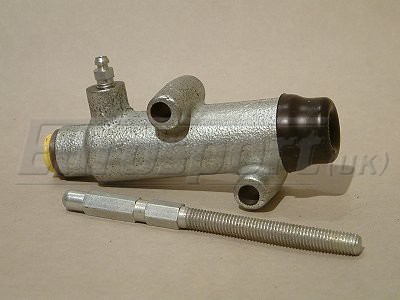Tried bringing my X1/9 back to life this morning and found I could not disengage the clutch.
Last time I drove it I did notice that the clutch was feeling very different. The pedal was extremely light and it was only disengaging right at the bottom of the travel.
Checked the hydraulic system and it seems to be OK. No oil leaking anywhere and the slave cylinder is moving around 2cm as it should, I think. But there's no way to get the car into gear.
Any thoughts? Tomorrow I'll try starting the car in 5th gear while depressing the clutch pedal, just to see if I can free the clutch. I hope I can get it moving and get a new clutch in.
Last time I drove it I did notice that the clutch was feeling very different. The pedal was extremely light and it was only disengaging right at the bottom of the travel.
Checked the hydraulic system and it seems to be OK. No oil leaking anywhere and the slave cylinder is moving around 2cm as it should, I think. But there's no way to get the car into gear.
Any thoughts? Tomorrow I'll try starting the car in 5th gear while depressing the clutch pedal, just to see if I can free the clutch. I hope I can get it moving and get a new clutch in.


